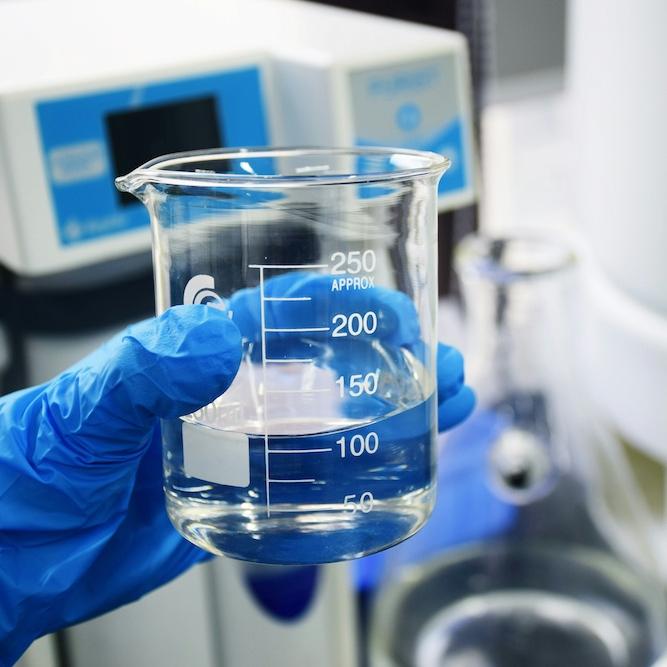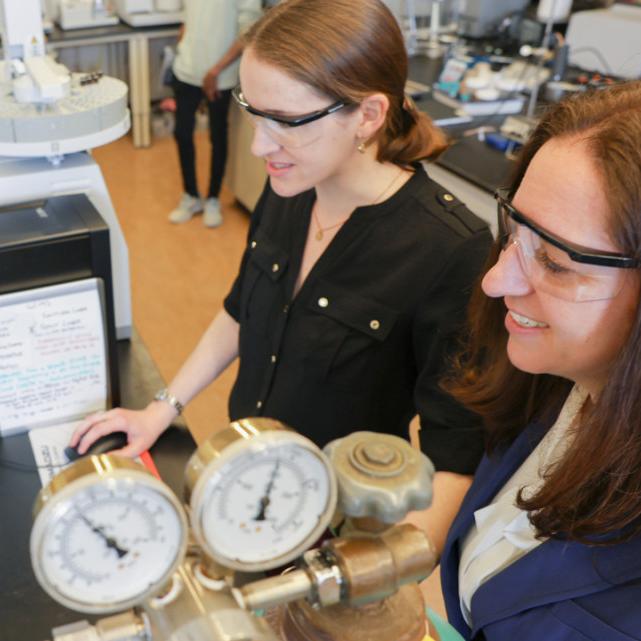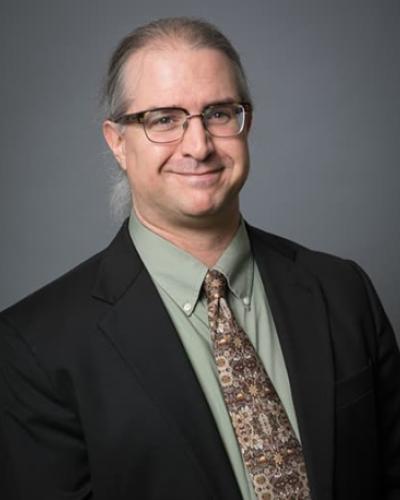The Marohn research group has received a continuing grant from the National Science Foundation (NSF) Division of Chemistry for a proposal entitled "Imaging charge recombination dynamics in organic semiconductor films." According to the NSF website, "DMR invests in the discovery, prediction, and design of new materials and the explanation of materials phenomena, as well as in the development of the next generation of materials scientists, which includes increasing the pathways for participation by underrepresented minorities." Details on this award as well as Marohn's abstract (copied below) can be found here.
Our economy requires energy to run. Sunlight is a free and essentially limitless source of energy. To exploit this energy source, economical solar cells that can convert sunlight into electrical current and voltage are needed. Existing silicon solar cells are too expensive to create, pattern, and install on a massive scale. Solar cells made from plastics and small molecules, on the other hand, can potentially be as inexpensive as paint to create and as easy as newsprint to pattern at high speed. Plastic/molecular solar cells are being intensely studied worldwide, but how these complex materials convert light to electricity remains a puzzle. With this project, supported by the Solid State and Materials Chemistry program in the Division of Materials Research, Professor John Marohn and his research group at Cornell University will develop methods for watching how electrical charges in a film activated by sunlight move and relax. The research team will utlizie a specialized microscope which enables the observation of charges moving distances of nanometers (one billionth of a meter) on the timescale of nanoseconds (one billionth of a second). By allowing the observation of charge motion at the molecular level, it is expected that these measurements will significantly advance our understanding of how plastic/molecular solar cell materials convert light into electricity. This research will open new ways to study semiconductor chips and batteries, two growth technologies central to our economy. Researchers funded by this project will develop virtual high-school science experiments on the physics of waves suitable for both in-person and remote learning.
For more information about the research in the Marohn laboratory, please visit the Marohn Group Website.





